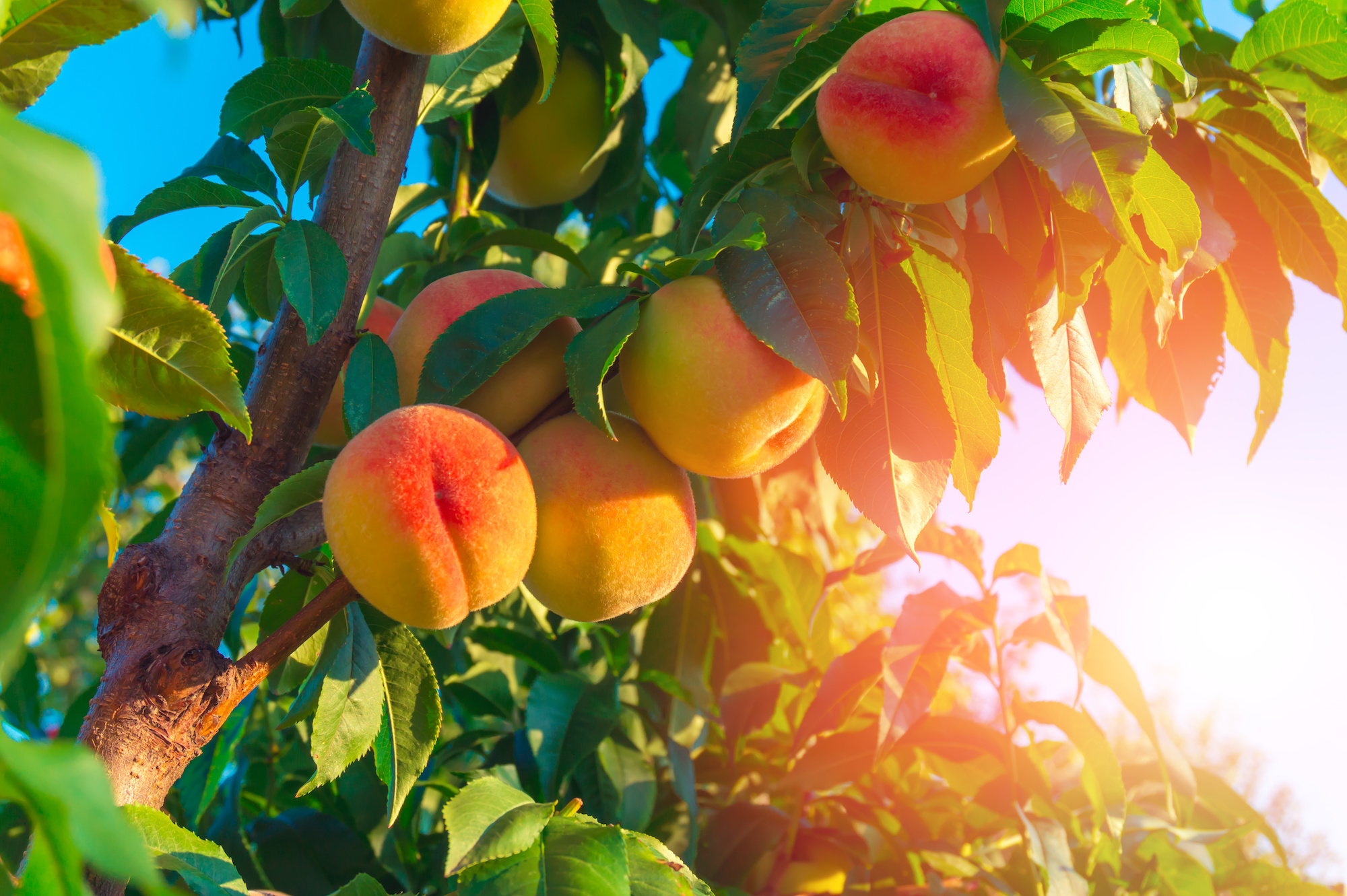The practice of summer shearing, or sidewall mowing, in order to shape trees into fruiting walls has been growing in popularity over the last few years. But a Pennsylvania researcher warns growers in climates where trees grow vigorously that they should take caution before getting too shear-happy.
The popular hypothesis behind summer pruning, bolstered by research in Italy and later New York, is that removing leaves and shoots would reduce whole-tree photosynthesis, which would result in less stored carbohydrate, reducing reserves for spring growth. Resultingly, the tree would theoretically be less vegetative the next year. In addition, the partial defoliation would allow better light penetration for improved fruit color and more flower bud development and fruit set.
In pruning season in New York, summer shearing was indeed found to remove apical dominance, and some buds below the heading cut did result in regrowth of short shoots.
But when put to the test south of New York, where milder climates and longer growing seasons allow trees to grow more vigorously, the results were not as promising.
Dr. Richard Marini, head of the Department of Plant Science at Pennsylvania State University, found in a number of experiments on apple and peach growth in the Southeastern and Mid-Atlantic areas that summer pruning in August had about the same effects as dormant pruning in March. While it did help fruit develop more color, summer pruning also reduced fruit size as it affected the tree’s ability to photosynthesize carbohydrates in the final weeks before harvest.
On vigorous apple trees, the pruning resulted in less trunk and root growth, had no effect on shoot growth, and had variable effect on flowering and fruit set (though it did increase fruit color).
In peaches, where trees were shorn over the top in August, it reduced trunk growth but not shoot growth, had no effect on flowering or fruit set, delayed defoliation and the onset of acclimation for winter hardiness, and reduced fruit size and sweetness (though, again, it did improve fruit red color).
Needless to say, while Marini encourages growers from milder climates to “keep an eye on the New York research,” he advised them against trying it on vigorous trees. He also encourages growers to make note of the risk of fireblight in making cuts on shoots outside of the dormant pruning season.
Need a refresher on any of Croptracker's features? Head over to our Knowledge Base, where you'll find step-by-step tutorials as well as common troubleshooting tips and more. And as always, if you're ever stuck, never hesitate to e-mail us at support@croptracker.com or Live Chat with us by clicking the green speech bubble ![]() in your bottom right-hand corner. We're always happy to help you let Croptracker make your farm become more efficient, safe, and profitable!
in your bottom right-hand corner. We're always happy to help you let Croptracker make your farm become more efficient, safe, and profitable!
| Missed Last Week's Blog Post? Holiday Support Availability |


